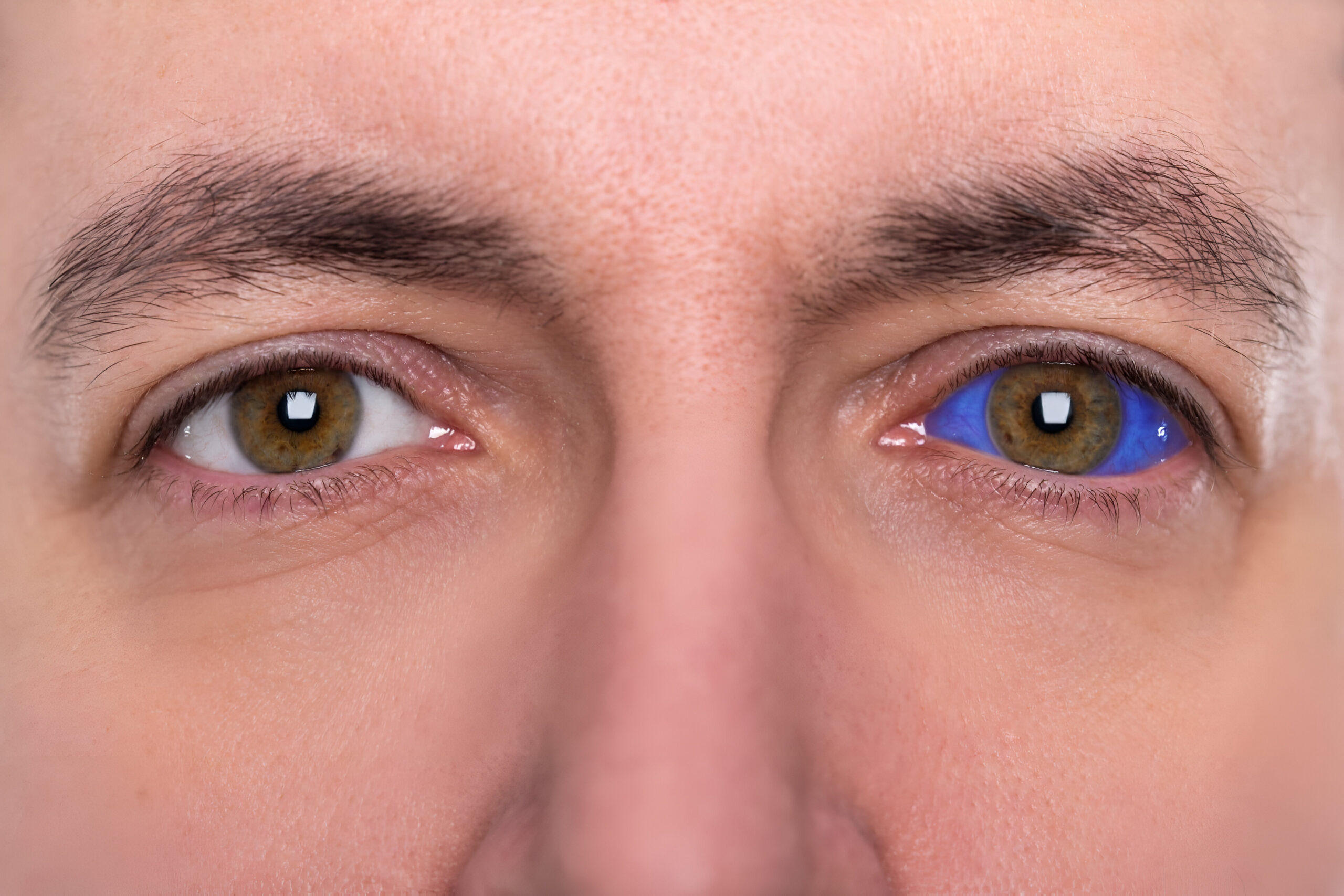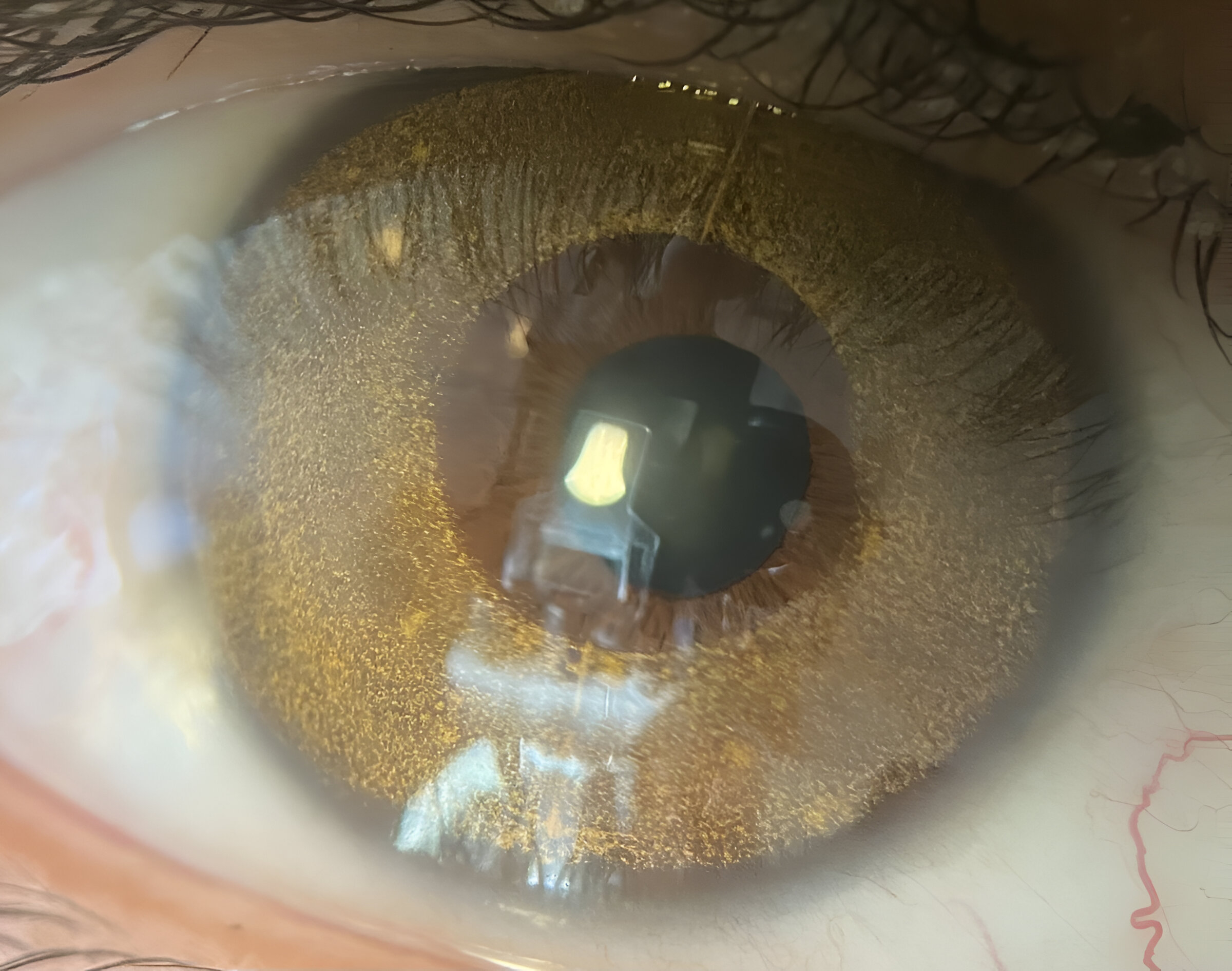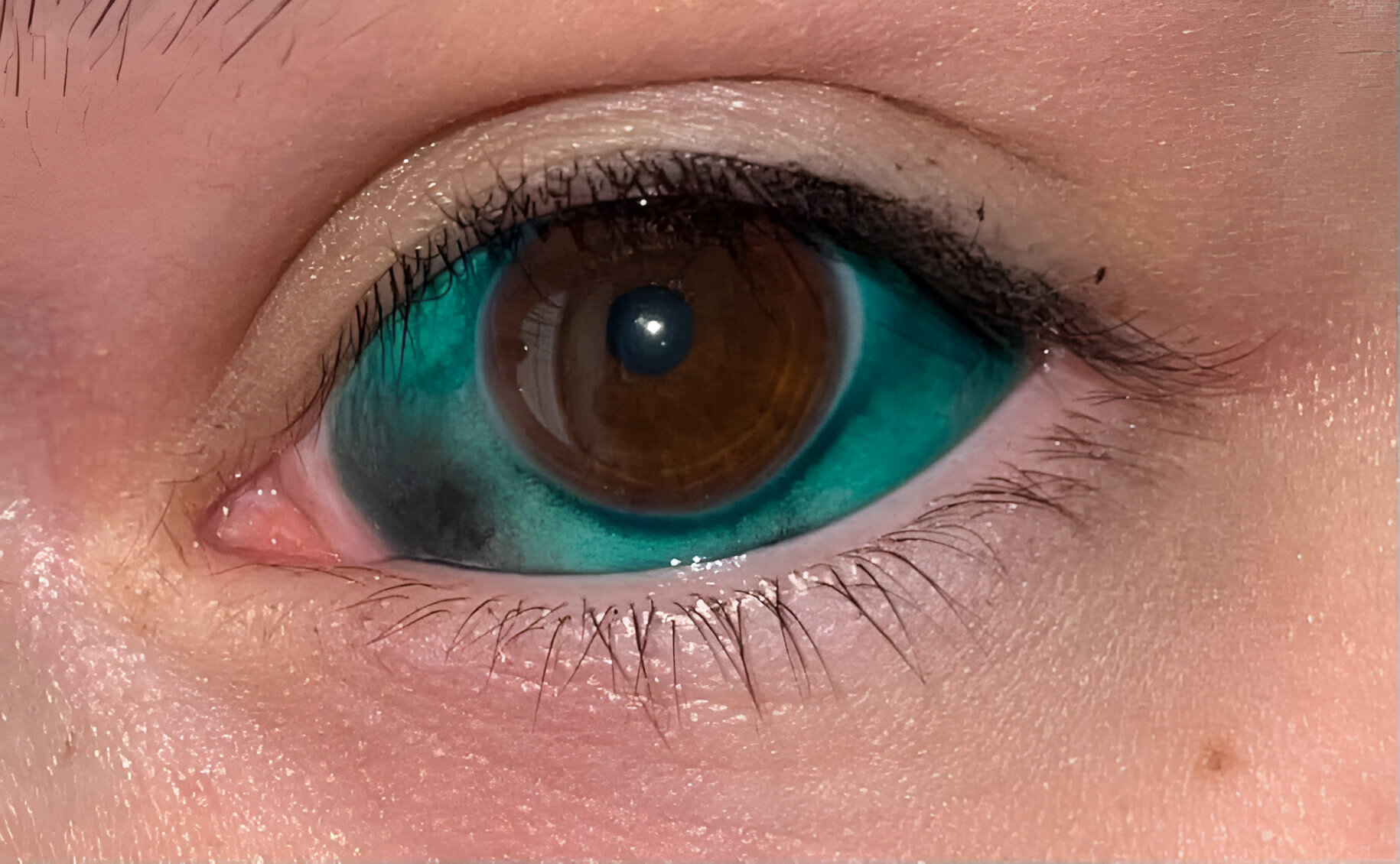
When we think of tattoos, we usually imagine inked skin — arms, backs, even faces.
But for a daring few, body art has moved to one of the most sensitive and vital parts of the body: the eye itself.
Eye tattoos, particularly scleral tattoos, are an extreme form of body modification that involves injecting ink directly into the white part of the eye (the sclera) to change its color permanently.
It’s visually striking — but it’s also risky.
Corneal tattooing (keratopigmentation), on the other hand, involves tattooing the cornea of the human eye. This procedure is performed for various reasons, including enhancing cosmetic appearance and improving vision. Today, there are multiple techniques and approaches available, and opinions differ regarding the safety and effectiveness of the practice.
Let’s dive deep into the world of eye tattoos: their history, procedure, dangers, and the debate surrounding them.
A Brief History: More Than Just Modern Rebellion
Surprisingly, eye tattooing isn’t a modern invention.
In fact, corneal tattooing dates back to the early 19th century, when ophthalmologists used ink to:
-
Mask corneal scars caused by injuries or infections.
-
Restore a more natural appearance in damaged or blind eyes.
-
Reduce photophobia (sensitivity to light).
Medical eye tattooing was a therapeutic tool, improving both function and appearance.
However, scleral tattooing — the practice of injecting ink into the white of the eye for purely aesthetic reasons — is much newer.It gained attention in the early 2000s when body modification artists like Luna Cobra performed the first experimental procedures, describing it as an attempt to create an “alien” or otherworldly look.
The Types of Eye Tattoos
1. Corneal Tattooing (Medical)
Purpose: Therapeutic or cosmetic for damaged eyes.
Procedure:
-
Performed by ophthalmologists under sterile conditions.
-
Uses medical-grade pigments carefully applied either manually or via specialized techniques.
-
Can help patients with disfigured eyes regain confidence and functionality.
“Corneal tattooing is a delicate blend of medicine and artistry, helping restore dignity to patients who’ve suffered ocular trauma.” — Dr. Amir Marvasti, Ophthalmologist
Modern uses of corneal tattooing include treating:
-
Corneal leukomas (white scars)
-
Aniridia (absence of the iris)
-
Cosmetic improvement after enucleation (eye removal)
2. Scleral Tattooing (Body Modification)
Purpose: Aesthetic — to permanently color the sclera (white of the eye).
Procedure:
-
A small needle or syringe injects non-medical ink between the sclera and the conjunctiva.
-
The ink spreads across the eye naturally.
-
Common colors: black, blue, red, green, purple.
Unlike corneal tattooing, scleral tattoos are NOT performed by medical professionals. They are done by tattoo or body modification artists, often outside a clinical setting.
3. Iris Tattooing (Rare and Experimental)
-
Purpose: Experimental and therapeutic.
-
In very rare cases, iris prosthesis tattooing is explored for:
-
Cosmetic repair of iris defects (like coloboma, where part of the iris is missing).
-
Matching a prosthetic eye appearance.
-
-
Typically involves implanting or tattooing a prosthetic device into the anterior chamber.
-
Iris implants (such as BrightOcular or NewColorIris) exist, but are extremely risky and strongly discouraged by most ophthalmologists.
-
FDA has not approved iris implants for cosmetic use because of risks like glaucoma, uveitis, cataracts, and blindness.
It is essential to remember that cosmetic iris implants are different from medical iris prostheses after trauma or congenital issues.
4. Conjunctival Tattooing
-
Scleral tattooing sometimes also affects the conjunctiva, the thin membrane covering the sclera.
-
Some body modification artists describe it separately as “conjunctival tattooing.”
-
Technically, all scleral tattoos involve conjunctival ink spreading.
Risks and Complications: A High-Stakes Canvas
Corneal Tattooing — when performed by ophthalmologists — carries some manageable risks, such as infection or pigment fading, but it’s generally safe under medical supervision.
Scleral Tattooing, on the other hand, is fraught with serious dangers:
-
Severe Infections: Leading to vision loss or even loss of the eye.
-
Chronic Inflammation: Persistent pain and redness.
-
Globe Rupture: If the needle penetrates too deep, the eyeball can rupture, requiring emergency surgery.
-
Blindness: Irreversible damage to the cornea, retina, or optic nerve.
“Scleral tattooing is an irreversible gamble. A simple miscalculation could cost someone their sight forever.” — American Academy of Ophthalmology
Additionally, because scleral tattoos are usually performed outside of medical environments, risks of non-sterile equipment and improper ink types are much higher.
The Legal and Ethical Landscape
Due to these dangers, many regions have started to ban or strictly regulate scleral tattooing:
-
Canada (Ontario and Saskatchewan): Scleral tattooing is illegal.
-
United States: States like Georgia have restricted eyeball tattooing.
-
Australia: Only licensed medical professionals can perform any eye tattooing.
In contrast, corneal tattooing remains legal worldwide when done by qualified ophthalmologists.
Fascinating Facts
 Historical Healing: The Roman physician Galen reportedly experimented with early forms of corneal tattooing in ancient times.
Historical Healing: The Roman physician Galen reportedly experimented with early forms of corneal tattooing in ancient times.
Ink Color Risks: In scleral tattooing, darker pigments (like black and blue) tend to spread more aggressively, increasing risk of complications.
Self-Taught Artists: Many early scleral tattoo pioneers were self-taught with no medical background — raising serious ethical concerns.
Should You Tattoo Your Eye?
If you are considering any form of eye tattoo:
-
For Cosmetic or Medical Restoration → Consult a licensed ophthalmologist about corneal tattooing.
-
For Body Art Purposes → Know the extreme risks involved with scleral tattooing.
Losing your vision is a life-altering event — a heavy price for cosmetic change.
In short:
Medical eye tattoos can heal and restore.
Cosmetic scleral tattoos are a risky leap into body modification that could have devastating consequences.
Sources and References
- American Academy of Ophthalmology. Public Health Advisory: The Dangers of Eye Tattoos.
- Gukasyan, H.J., & Schwartz, G.S. (2020). Ocular Complications from Scleral Tattoos. Eye & Contact Lens Journal.
- National Institutes of Health (NIH). Medical Advances in Corneal Tattooing.
- BBC News. Inside the Extreme World of Eyeball Tattooing
- Ophthalmology Times. The Revival of Therapeutic Corneal Tattooing.


